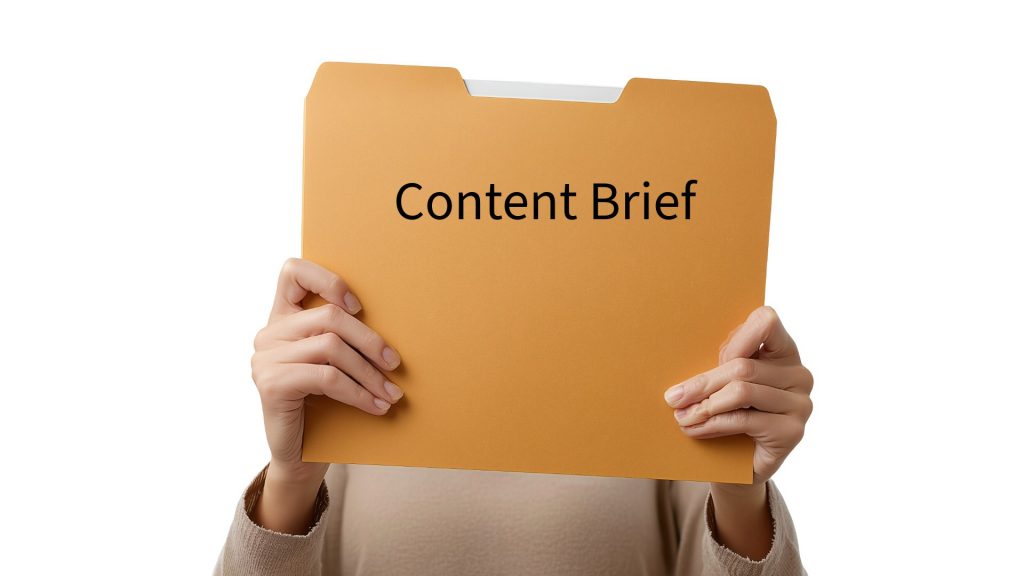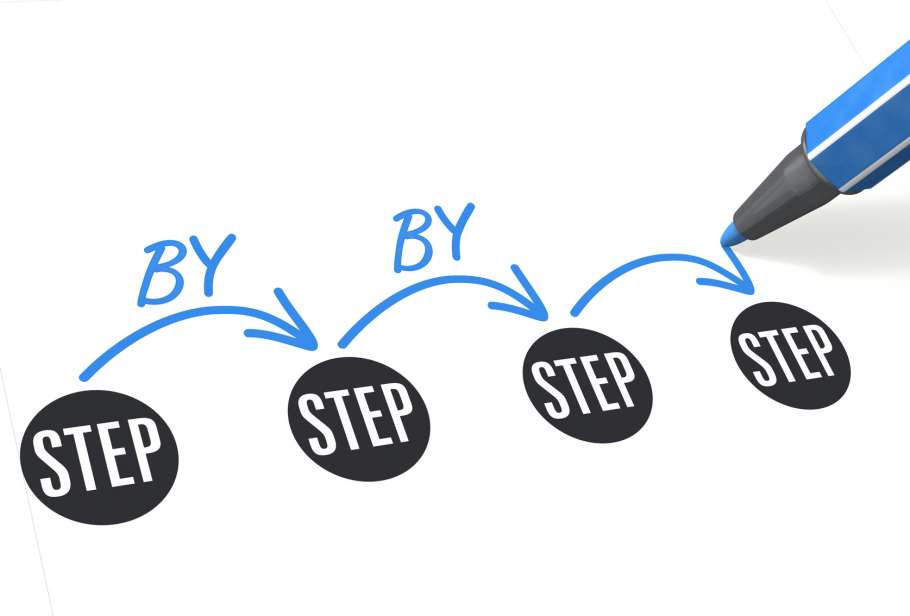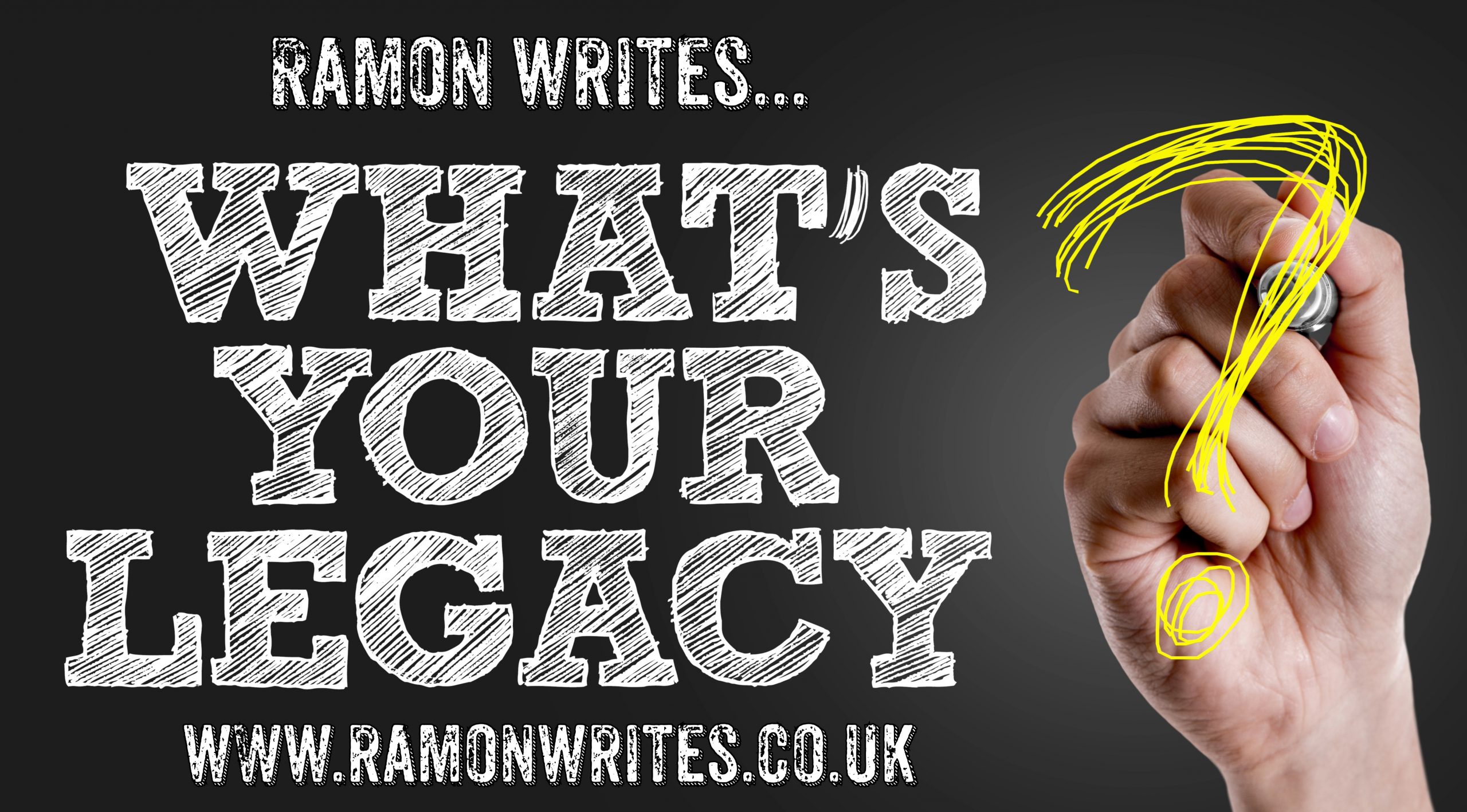So, you need to hire a freelance writer for a project, but you’re not sure where to start. Maybe you’ve never hired a creative professional before, or you’re simply unsure what information to provide. It’s actually much simpler than you think. While some creatives have their own unique methods for accepting work, most will ask you to provide a content brief.
As a writer for hire, I believe that a well-written content brief is the key to a successful project. It’s the first step to producing high-quality content that truly meets your needs, and I’m happy to explain how it works.
Why a Content Brief is Essential
Think of a content brief as a project roadmap. It’s a key tool for effective project management that informs a creative professional about your specific requirements. A complete and thorough brief offers several advantages:

- It saves you time by reducing back-and-forth communication.
- It ensures clarity, so everyone is aligned on the project goals.
- It manages expectations and helps guarantee the final product is what you wanted.
- It results in a better final product because the writer has all the information they need to succeed.
The more information you include in your brief, the higher the chance that your needs will be met on the first try.
The Core Components of a Great Content Brief
When instructing a creative freelancer, it can be hard to know what to ask for, which is why many will provide their own template. This template lays out their specific requirements so they can compile a strategy that will form the creative brief (we’ll cover that in another post). I have a template I supply to all my clients, but if you want to create one of your own, these are the essential components to include:
- Your Target Audience: Who are you writing for? If you have a demographic report for your audience this should be provied
- Your Goal: What do you want this content to achieve? (e.g., brand awareness, lead generation, sales)
- The Key Message: What is the one thing you want the reader to take away?
- Tone & Style: Is the tone professional, casual, or humorous? If you have a style guide, you should include it.
- Specifics & Deliverables: This includes the word count, file format, and deadlines for drafts and revisions.
- SEO Keywords (Optional but Recommended): Keywords are essential for making content visible in search engines and helping it rank high.
- Call to Action (CTA): What should the reader do after consuming the content?
- Reference Materials: Provide examples of content you like and don’t like.

Common Pitfalls to Avoid
When compiling your brief, it’s important to be aware of these common mistakes that can derail a project:
- Vague Instructions: Phrases like “write something good” or “just make it pop” leave the final product up to a guess. The result is often a draft that misses the mark entirely and requires extensive revisions. Instead, be specific. Provide examples of the tone, style, and content you like, and use your brief to communicate your exact vision.
- Changing the Brief Mid-Project: A brief is a contract and a roadmap. When the goals or requirements change halfway through the process, it can cause delays, frustration, and often results in additional costs for the client. Instead, take the time to finalize your brief before the work begins.
- Failing to Provide Necessary Resources: A writer is only as good as the information they have access to. Not providing links to source materials, data, or brand style guides forces the writer to either make assumptions or waste time tracking down information. Instead, gather all your resources upfront and include them in the brief. This ensures the writer can start work immediately and with confidence.
- Unrealistic Expectations: This is a big one. Expecting a 2,000-word SEO-optimized article with 10 interviews in a single day is a recipe for disaster. The final product will be rushed and of poor quality. Instead, be realistic about timelines and word counts. A good writer can help you set a realistic schedule during the initial consultation.
My Process: From Brief to Final Product
The brief is the first and most vital step for a freelancer. It ensures we produce content that meets your project goals. A thorough brief is the starting point for compiling the right content strategy. So, what’s next? Here’s how my process works:
- A Thorough Review: I review the brief to ensure I have all the information needed to put a strategy together.
- Follow-up Meeting: Where necessary, I might arrange a meeting – quick call or in person – to review the brief and capture any missing information. A brief meeting is often more effective than an endless email chain.
- The Creative Brief: I then put together a creative brief—this covers the “why,” “what,” and “how” of the project. It follows a similar path to the content brief but is more refined, covering KPIs (Key Performance Indicators), stakeholders, and, most importantly, the budget.

My goal is to keep this process streamlined and efficient. I understand that time is money, so the sooner we can finalize the brief, the sooner I can get to work.
Let’s Work Together
Now that you know how to write a great content brief, you have the power to save time, reduce stress, and ensure your next writing project is a success. By providing a clear roadmap from the start, you’re not just hiring a writer—you’re partnering with a professional who can deliver exactly what you need.
Ready to get started? Send me your completed brief, and let’s bring your idea to life.
Latest Blog Posts
Stay informed and inspired with our latest blog posts. Discover insights, tips, and trends across various topics.
-

From Vision to Legacy: How a Purpose-Driven Process Builds Stories That Last.
Every brand has a story, but not every story becomes a legacy. Sometimes that’s…
-

Why You Can’t Afford to Be a Topic Snob (and How to Change)
Fellow freelancers! Be honest: How many great-paying jobs have you skipped this month because…
-

Getting my Coffee Fix Lebanese Style
On principle I don’t feature national nor international restaurant chains let alone coffee chains…
